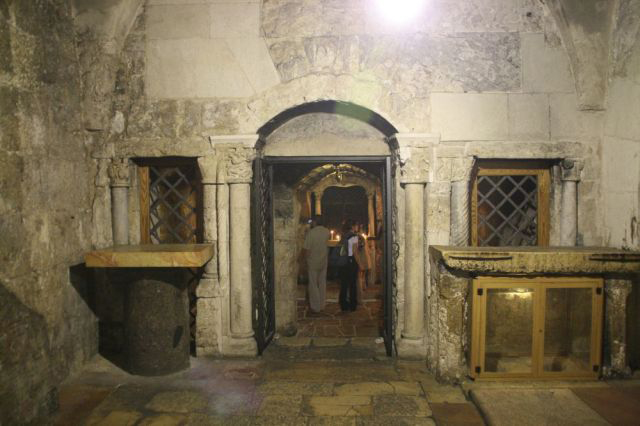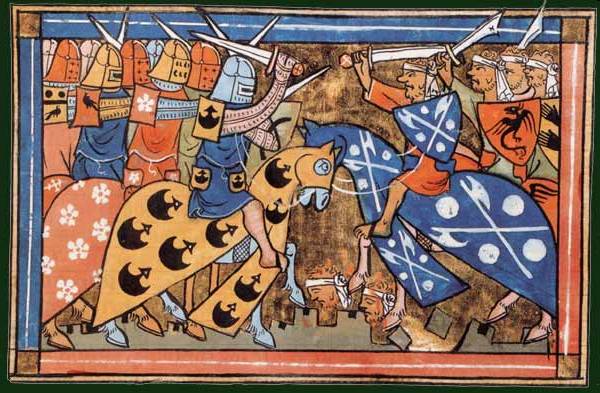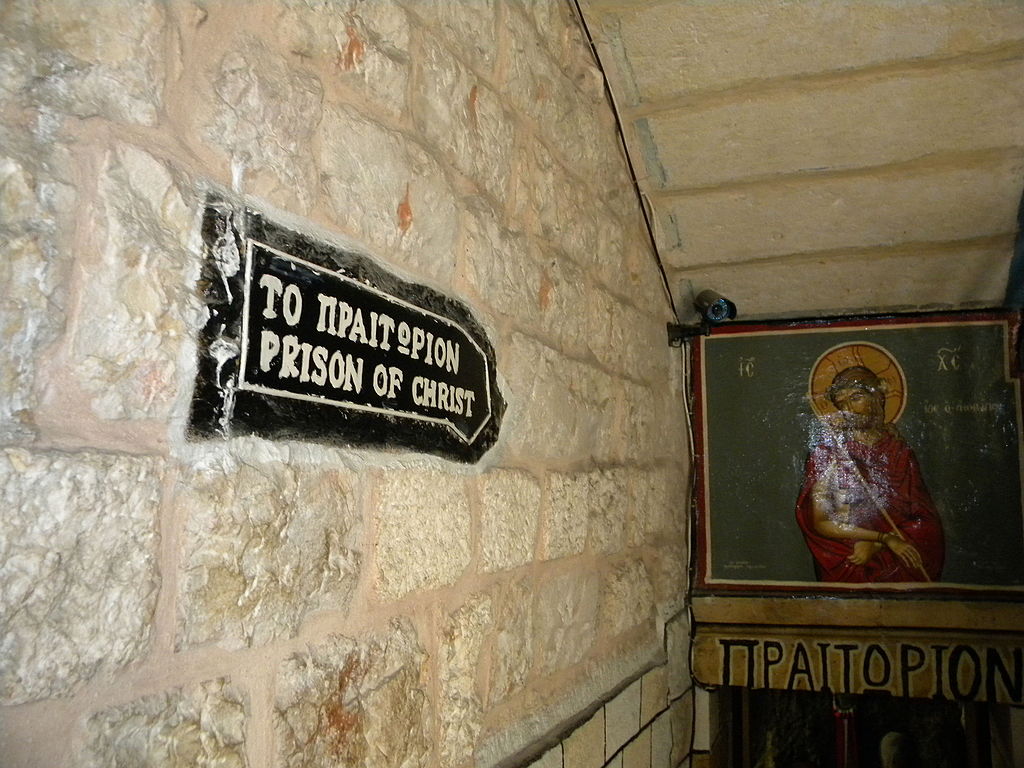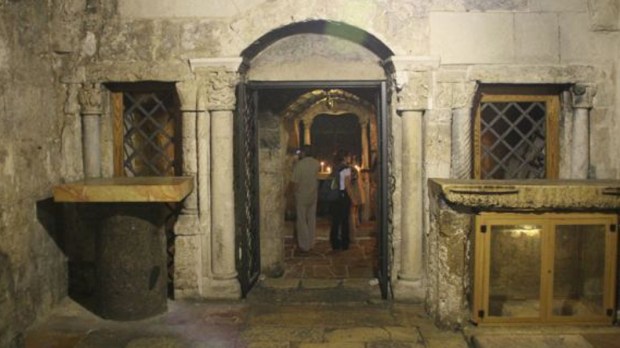Today, the Prison of Christ, a small Greek chapel located at the far end of the Church of the Holy Sepulchre complex in the Old City of Jerusalem, is considered a minor site for visitors of the Holy Sepulchre complex, the site where Jesus was crucified, buried and where he was later resurrected.
But back in medieval times, it used to be one of the most popular sites of the complex, drawing pilgrims from throughout Europe since at least the 12th century. A recent study published in Speculum: A Journal of Medieval Studies, by Anthony Bale, a Professor of Medieval Studies at Birkbeck College University of London, explores the important role played by the “Prison of Christ” for medieval Christians.

In his article, titled “God’s Cell: Christ as Prisoner and Pilgrimage to the Prison of Christ,” Bale notes that even if the Gospels do not mention a place where Jesus was held prisoner during his arrest, they do mention the fact that he was incarcerated, which led medieval Christians to start looking for the prison that hosted him. In the 9th century, a Byzantine monk referenced a site as “the guardroom where Christ was imprisoned with Barabbas.” And while many other sites in Jerusalem claimed to be that “guardroom,” by the 12th century the “Prison of Christ,” by then already converted into a small chapel, attracted the most pilgrims and had become the de facto location of Christ’s imprisonment.
According to some descriptions left by visitors in the 12th century, it used to contain some relics and objects that belonged to associated with Jesus, such as the “marble stocks” in which they put his feet as well as the chains with which he was imprisoned.

As Bale explains, the chapel used to stand on its own but in the mid-12th century, when Crusaders got control over the Church of the Holy Sepulchre, it was redesigned, expanded and annexed into the larger complex. That’s when, according to the scholar, the prisons were appropriated from local Greek traditions and “rethought by the crusaders as part of their spiritual empire, in which devotion to the life and suffering of Christ was paramount.”
Moreover, Bale notes that the idea of the prison was deeply relevant during the Middle Ages, when many emerging Western Christian practices, like sanctuaries and monastic cells, were aimed at attaining spiritual awakening through physical restriction. The Middle Ages is also the time when the concept of Purgatory was becoming popular with believers, many of which would intentionally seek to become “purged” from sin through corrective suffering.

As The Medievalist points out, this fascination with prison and the spiritual awakening they may generate is encapsulated in one comment left by a pilgrim, Felix Fabri, who visited Jerusalem in 1480s:
Now, as soon as we were all inside, the Saracens straightway pulled back the doors of the church quickly behind our backs, locked them with bolts and locks, as men are wont to do after they have pushed robbers violently into a dungeon, and went away with the keys, thus leaving us prisoners in the most delightful, lightsome, and roomy of prisons, in the garden of the most precious sepulchre of Christ, at the foot of the mount of Calvary, in the middle of the world. Oh how joyous an imprisonment! How desirable a captivity! How delightful an enclosure! how sweet a locking in, whereby the Christian is locked in and imprisoned in the Sepulchre of his Lord!
Today, the chapel, whose first wall dates back to 330, features Byzantine decorations typical of traditional Greek churches depicting Christ holding the cross as well as the holes where it is believed Jesus had his feet placed while convicted. Visits can be arranged as part of the wider tour of the Church of the Holy Sepulchre complex in the Old City of Jerusalem.

